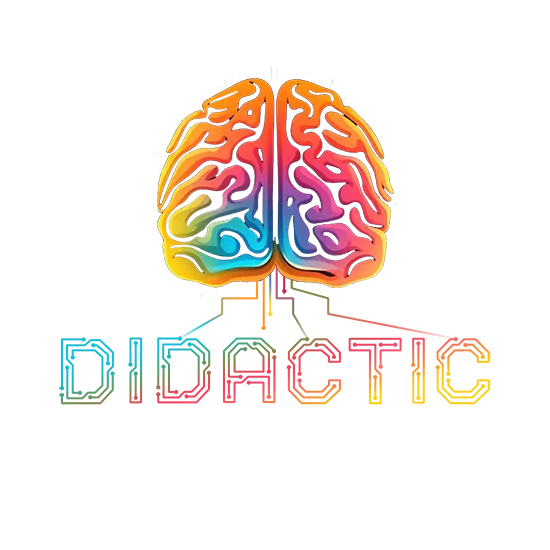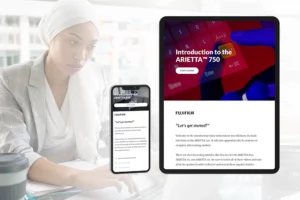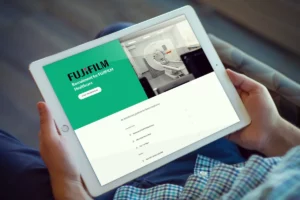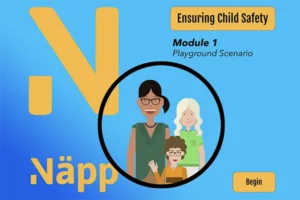
Significant savings. higher retention rates, consistency of message, bespoke content
and the ability for your employees to learn whenever and wherever they choose.

I specialise in creating educational training videos and eLearning modules for corporations and business throughout Europe.
The video content and eLearning modules I create make education accessible and engaging for the learner, and efficient and effective for the company.
This starts with understanding the needs of the learner, and is accomplished under the careful guidance that only a preliminary analysis can provide. This ensures lasting and cost-effective results.
All content is custom designed and created to cater to your specific needs. Our common goal is to fill the knowledge gap of your learners.
Possible eLearning applications within your organization include:
-Compliance/ Regulatory Training
-Safety & Health Training
-Onboarding/ Standard Practice Instruction
-Customer Service Training
-Sales Training
-Diversity Training
-Product/ Software/ Service Training
-Technical Reference for a facility or for use in the field

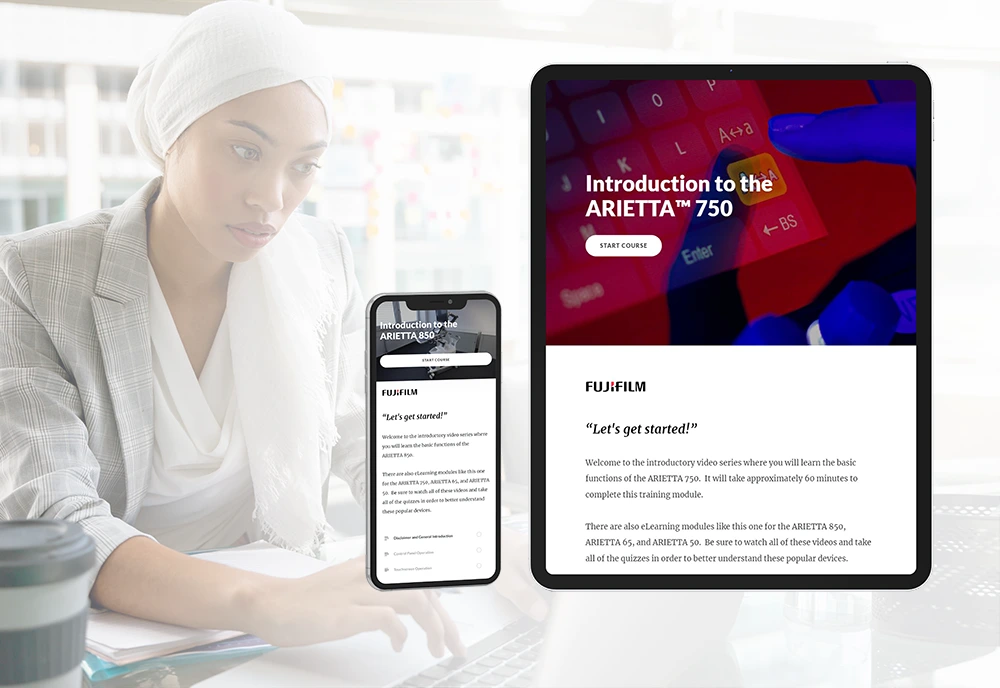
eLearning portfolio
e-Learning may be the right choice for your company if:
-There is a significant amount of content to be delivered to a large number of learners.
-Learners come from a number of geographical locations or have limited mobility.
-There is a need for developing homogeneous background knowledge on the topic.
-Learners are highly motivated to learn and appreciate proceeding at their own pace.
-There is a need to collect and track data based on participant performance.
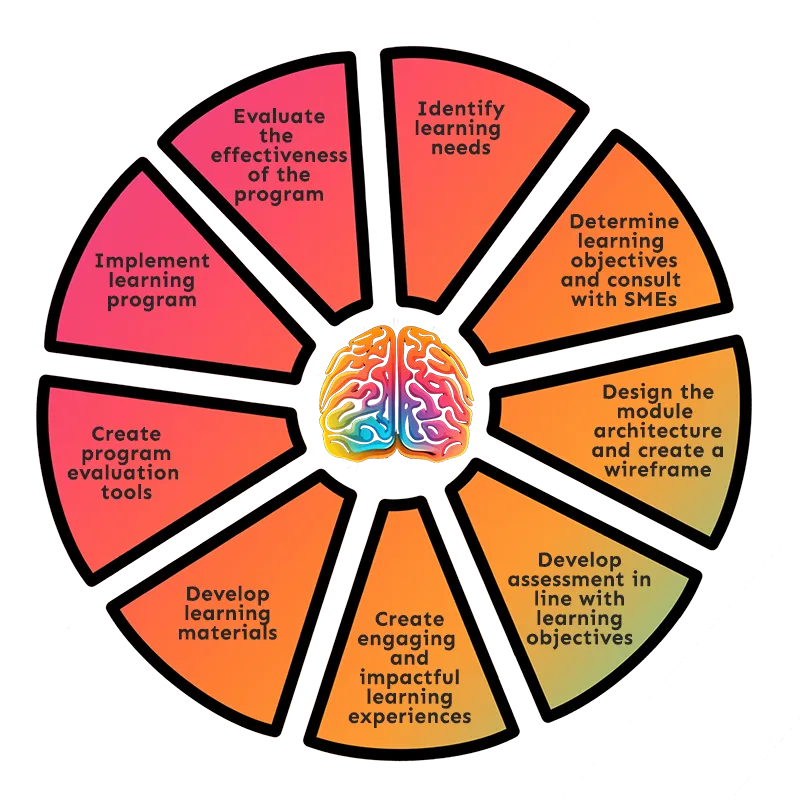
Identify Learning Needs
Together we will establish the project goals and also define our audience, including how they will access the eLearning content.
Define Learning Objectives, SMEs
Together we will define the learning objectives of the project. What new skills should our learners be able to perform after the successful completion of the module? “
SME’s and stakeholders are identified and consulted at this phase of the project.
Module Design
I will submit a wireframe created from the intake session with a project budget proposal for your approval before content creation can begin.
Concept and Assessment
Once the wireframe is approved, I will create a more detailed overall concept of the project. This includes an assessment of the course objectives and instructional design and approach to the project.
Pre-Production
This phase of the project is similar to storyboarding for a movie. Working with your SMEs the content and scripts are created, and the logistics of content creation are planned.
Script approval is critical from all stakeholders at this phase before actual content creation (filming of video segments or starting animations) can begin. This may include your legal department.
Production
The content is created in this phase. This could include filming video segments, creating animations, recording voiceover sessions, and still photography in the studio or on location.
The eLearning module is built using the Articulate platform.
Program Evaluation Tools
This is also the Post-Production phase which includes video editing and content integration into the eLearning platform.
Evaluation tools are also developed to track the success of the learners, and the platform itself.
Final quality checks are made to ensure that every aspect of the platform is working properly.
Implementation
After loading the eLearning platform to an LMS, it is now rolled out to a small group of learners who are given early access.
With everything confirmed to be running smoothly, a broad rollout of the platform is made.
Evaluation
It’s important to assess how the platform is performing after implementation. Are your learners having the desired outcomes? Has the project met its goals? How are the test scores of the overall group? Are learners engaging with the content and watching all of the videos until the end?
Finally, are any tweaks necessary to improve the platform?
eLearning Costs
“How much are you currently paying to educate your staff or clients per head?”
When compared to the costs involved with in-person training, eLearning can offer significant savings. If the relevant life span of your eLearning content is 5 years and gets 10,000 interactions in that time frame, then a €50,000 project will cost the company just €5 per interaction.
Compare this with how much you are currently paying per interaction. Be sure to include the transportation costs and other travel-related expenses behind each participant’s experience, plus the cost of trainers and the physical venue costs associated with teaching groups of learners.
With eLearning, the only requirements your team will need are an internet connection and a digital device.
Analysis, design, the scope of the objectives, content creation, build complexity, and testing. Each of these elements must be examined and will impact the eLearning development cost. Each item is explained in detail below.
Analysis
-Define the course topic and objectives.
-Define your audience/ learners and their skill level in the appropriate discipline.
-What is the best educational approach given the learner’s skill level?
-What data points shall we measure using analytics within the module?
-How will the success of the learner and the eLearning module itself be measured?
Instructional and outline design
Building eLearning modules is more than dropping videos into a new platform for wide distribution, and eLearning platforms should be seen as more than just another deliverable from your content creator.
Learning objectives need to be defined, and the content needs to be designed for interaction and education. Similar to building a website, a taxonomy needs to be created which serves as a map through the educational process which will become your eLearning module. Once this is approved by the client, work can proceed. Continuity of style and methodology throughout the eLearning platform which reflects the aesthetic and values of the client reiterate a company’s values, expectations, style and appearance.
Following are the basic building blocks of the eLearning module:
-Introduction and overview: The learner is told what topics they are about to undertake and what knowledge they will acquire in the module.
-Content- Written text, video scripts for on-camera talent or voiceover artists, photographs, video, animations, and motion graphics.
–Chapters: Should be succinct and self-contained.
-Knowledge checks & tests: The knowledge check reiterates factual information and basic concepts, but are offer no data points in the analytics. Tests offer trackable results in the analytics.
-Interactive elements: Maintain engagement through simple drag and drop scenarios.
-Conclusion: This reiterates the concepts covered in the completed module.
-Analytics: Show you how your learners are performing, as well as the success of the eLearning platform.
Volume of information to be taught
The number of objectives that a given piece of learning content be designed to address will determine its overall size and price. The number of objectives will determine the number of pages in a module, which will then determine the number of digital assets required (graphics, animations, and video). Digital assets impact the richness of the content and contribute to the user engagement. The availability (or lack) of these assets will impact the final cost. It is better to build modular chapters on a subject across different modules than to build one massive platform.
Templating
In some instances, templates of the module architecture can be utilized to reduce costs. This promotes continuity throughout the module, and from one module to the next. Note that the prototype must first be built and that too heavy a reliance on templating can reduce the effectiveness of the content.
The complexity of each module will also determine the time necessary to build the platform.
Bespoke content creation
Beyond incorporating your company’s color scheme, logo, and graphics, original content creation would include custom video content, audio, and motion graphics. The first stage of this process is to define the audience, set the course objectives, then write and approve a script. Each of these processes should include the legal department of your organization to avoid costly re-shoots. Next, appoint or hire on-camera talent, co-ordinate with a subject specialist, film the segments on location or in a studio (can include green screen filming which would then require background plates to establish the environment), video editing, motion graphics for titles and to illustrate key concepts. After approval of the video and motion graphics, the eLearning platform is built according to the guidelines established earlier. A taxonomy or map of the entire platform, and all quiz questions and answers need approval prior to building the individual modules to prevent misunderstandings that lead to additional work.
Data analysis requirements
The amount of learner tracking required and the time needed to link content to student management systems or computer-managed instruction (CMI) systems, such as Learning Management Systems, (LMS) can add considerably to the price tag of your implementation. These items should be discussed in advance of the build. Customization for different categories of users (instructor, first-time student, and refresher student) will also add to the required development time.
User interactivity
Adding additional functionality such as a courseware map, search, history and glossary will improve the quality of the training environment, but increase the time taken to develop the modules and impact the cost accordingly.
End-user feedback
To ensure the effectiveness of your investment, your end users, (the learners), need to benefit from the value of the learning modules. We recommend allowing for additional budget to facilitate usability testing to ensure that the end product meets the demands of these learners.
“eLearning has taken off like a rocket.”

